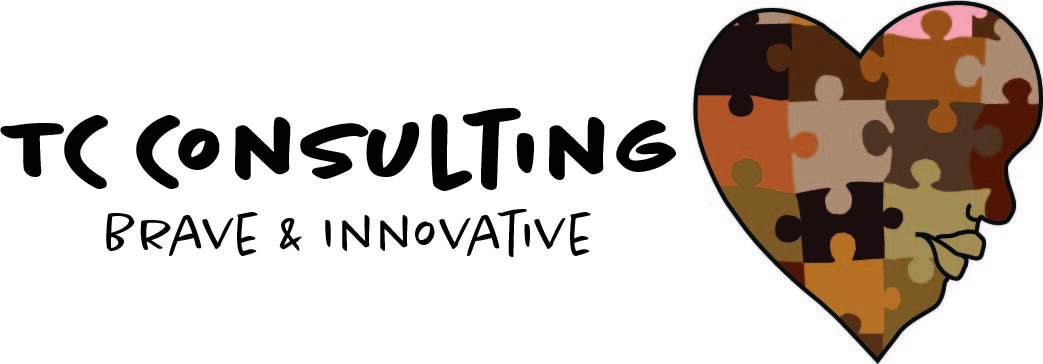It is essential for us to be grounded in thinking and practice that calls for centering liberation when it seems impossible, so we are reminded that communities and ancestors have paved the way and continue to guide us in meaningful ways.
bell hooks quote on education being a form of liberation
There is power in knowledge, and bell hooks emphasizes that there is a need for education to be a source of liberation. How can a theory and practice such as culturally sustaining pedagogy (CSP) inspire us to embody liberation? CSP is considered a theory and practice that intends to create educational spaces of liberation by recognizing what needs to shift for diverse students and how that can be done with more actionable strategies (Paris & Alim, 2014).
We should learn how a theory such as CSP can be helpful for envisioning liberation and what continual growth of a theory can entail as the understanding of liberation expands and progresses. Paris and Alim (2014), theorists of CSP, demonstrate this by pondering CSP and unpacking three loving critiques of CSP. The first critique is about the previous conceptualization of asset pedagogies, such as culturally relevant pedagogy, because it did not effectively strategize and actualize transforming “linguistic, literate, and cultural practices” of different people and identities in education with the purpose to increase access to diverse languages and literacy components (i.e., poetry and Hip-hop) being grounded in value, curiosity, and cultural expansion because the relevance framework does not provide comprehensive instruction on how to critically engage and challenge systems of power in education (Paris & Alim, 2014). The second critique is about asset pedagogies that foreground the heritage practices of communities of color without taking into account contemporary and evolving community practices (Paris & Alim, 2014). According to Paris and Alim (2014), the harm of this critique is “the tendency of researchers and practitioners to assume unidirectional correspondence between race, ethnicity, language, and cultural ways of being” (p. 90). The third critique entailed how asset pedagogies do not critically contend with problematic elements expressed in some youth cultural practices (Paris & Alim, 2014). For example, Paris and Alim (2014) explain how the Hip-hop pedagogy that is used in CSP has problematic elements with battles because they “sometimes can be a masculinist space that excludes young women, queer youth, and young men of color who do not identify as Black” (p. 93).
Paris and Alim's (2014) reflective article showcased how some researchers of culturally affirming pedagogies can honor the intention of the theory while critically assessing what needs to happen going forward to transform the pedagogy. The article inspired me to critically reflect and consider how my consulting approach could be uplifting some, encouraging limiting views, or restricting intersectional efforts. I plan to routinely assess cultural assessment, training, and workshop initiatives to learn how my intentions as a DEI consultant are not being met, learn if I have practices rooted in problematic ideologies, and proactively implement strategies that strive to dismantle the harmful views and actions.
Reference
Paris, D., & Alim, H. S. (2014). What are we seeking to sustain through culturally sustaining pedagogy? A loving critique forward. Harvard Educational Review, 84(1), 85-100. https://doi.org/10.17763/haer.84.1.982l873k2ht16m77


